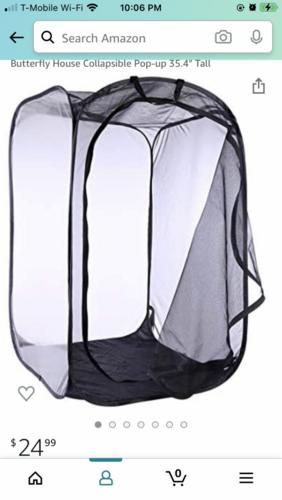I plan on painting my room soon and im wondering if the fumes from the paint would be bad for the little guys health? I have a one year old panther chameleon and i dont want to harm him i plan on opening windows for sure but should i move him to another room? If so, how? I have only had him for a couple months so he still doesnt let me handle him much and if he did i dont know where i would put him while i painted. If anyone has any advice i would greatly appreciate it.
heres a picture of him

heres a picture of him








